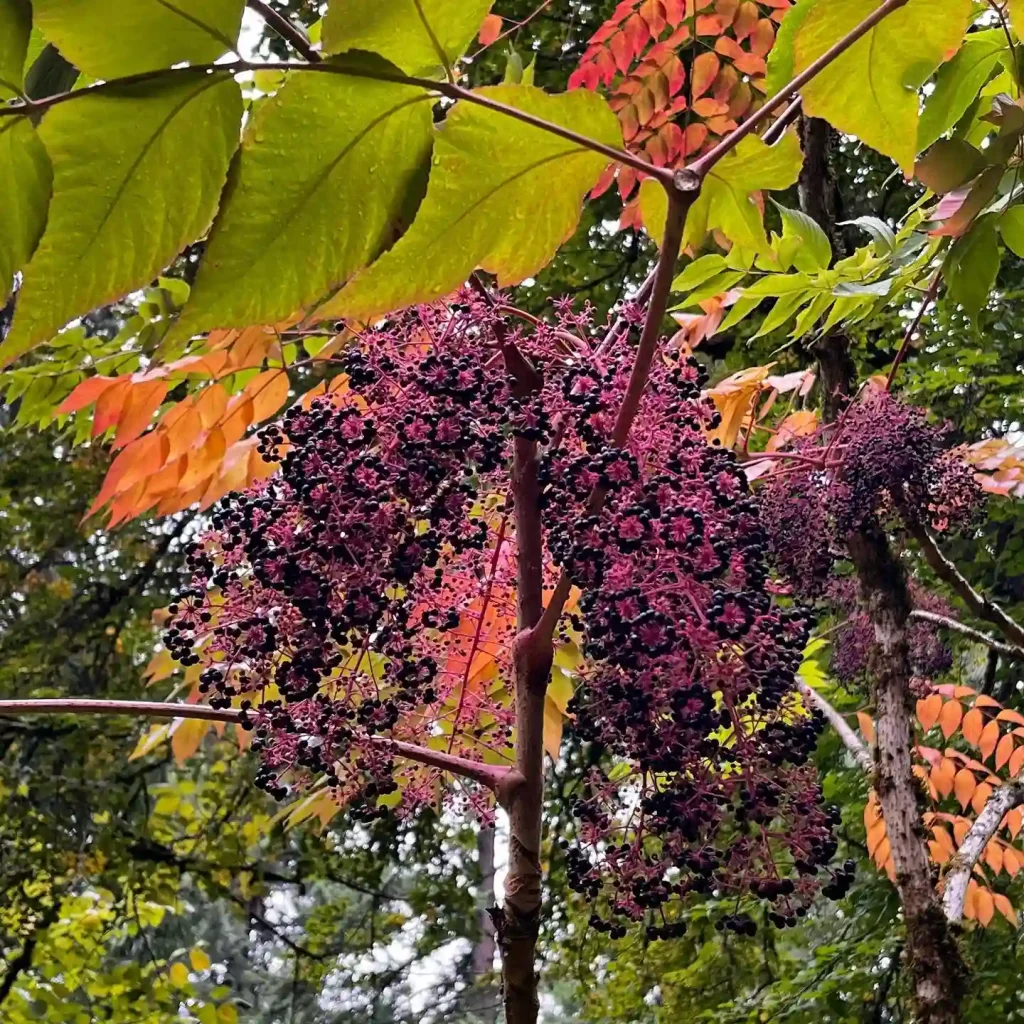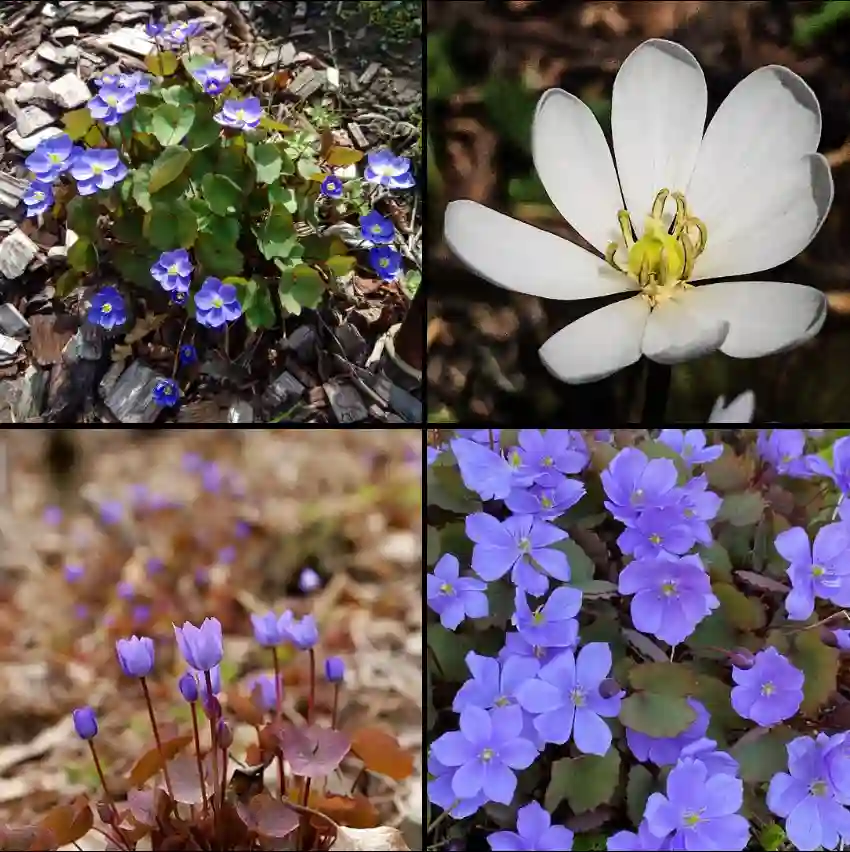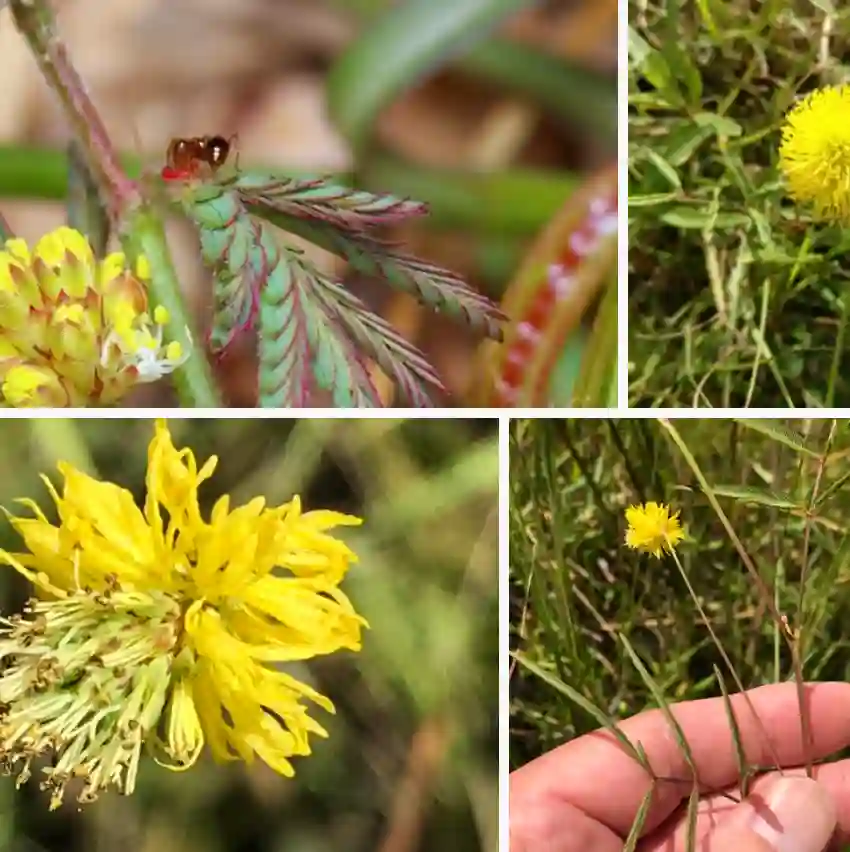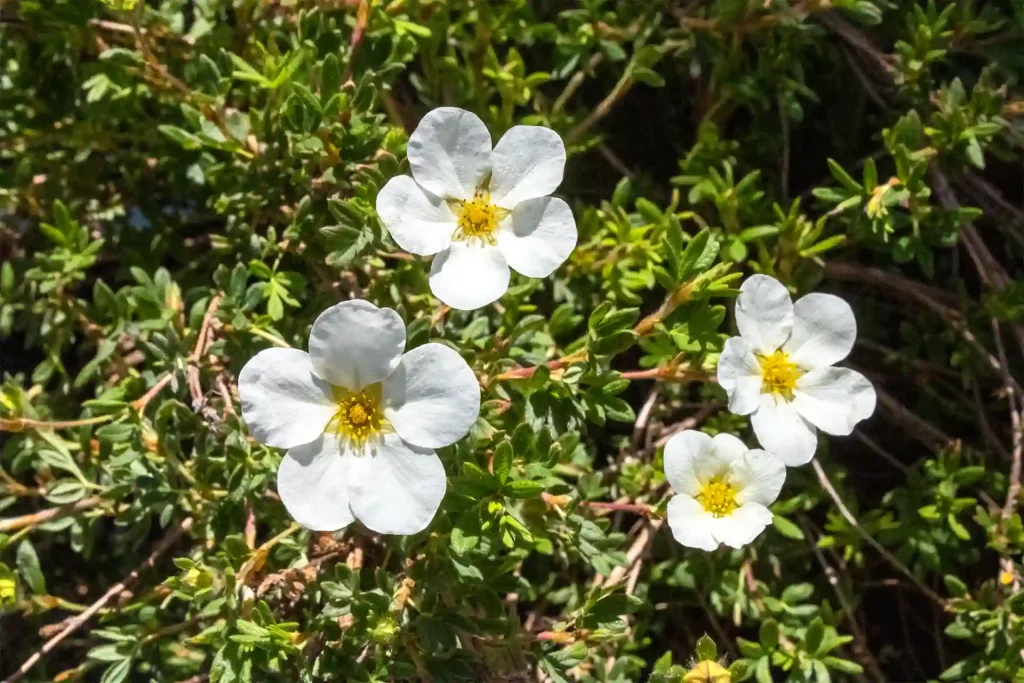My Fascination with the Byblidaceae Plant Family
I’ve always had a deep fascination with the natural world, and the Byblidaceae plant family is no exception. As a botany enthusiast, I’m constantly amazed by the diverse and unique adaptations that plants have evolved to thrive in their environments. The Byblidaceae family, in particular, has captured my attention with its carnivorous nature and intriguing evolutionary history.
A Carnivorous Curiosity
The Byblidaceae family is a small but fascinating group of carnivorous plants native to Australia and New Guinea. These plants have evolved specialized leaves covered in sticky glands that trap and digest insects, providing them with essential nutrients that are often scarce in their nutrient-poor habitats.
This carnivorous adaptation is a marvel of natural selection, demonstrating the remarkable ways in which plants have evolved to overcome the challenges of their environments. The ability to capture and digest insects allows these plants to thrive in areas where other plants might struggle, showcasing the incredible resilience and adaptability of life on Earth.
The Byblis Genus: The Rainbow Plants
The Byblidaceae family consists of a single genus, Byblis, which is further divided into several species. These plants are commonly known as “rainbow plants” due to the iridescent sheen of their sticky leaves, which shimmer and change color in the sunlight. This beautiful display is not just for show; it also helps to attract unsuspecting insects to their sticky traps.
The Species in Byblis
The genus Byblis is relatively small, comprising eight recognized species. Each species possesses unique characteristics that distinguish it from its counterparts. Let’s take a closer look at the members of this captivating genus:
- Byblis aquatica: This annual species thrives in aquatic or semi-aquatic environments, often found growing in seasonally inundated areas.
- Byblis filifolia: Characterized by its tall, slender stems and filiform leaves, this species is one of the most widespread in the genus.
- Byblis gigantea: As its name suggests, this is the largest species in the genus, capable of reaching heights of up to 70 cm. It is a perennial species with a woody stem and large, sticky leaves.
- Byblis guehoi: This recently described species is endemic to the Kimberley region of Western Australia. It is distinguished by its relatively large flowers and short, glandular leaves.
- Byblis lamellata: This species is unique for its flattened, or lamellate, leaves, which are covered in sticky glands.
- Byblis liniflora: This is one of the most commonly cultivated species, favored for its delicate appearance and ease of cultivation. It is an annual species with slender stems and linear leaves.
- Byblis pilbarana: This recently described species is endemic to the Pilbara region of Western Australia. It is distinguished by its small size and compact growth habit.
- Byblis rorida: This species is similar in appearance to Byblis liniflora but can be distinguished by its larger flowers and more robust growth habit.
Evolutionary Enigma
The evolutionary history of the Byblidaceae family is a subject of ongoing research and debate. While they share some similarities with other carnivorous plant families, such as the Droseraceae (sundews), their exact evolutionary relationships remain unclear. This adds another layer of intrigue to these already fascinating plants, as scientists continue to unravel the mysteries of their origins.
Conservation Concerns
Unfortunately, many species within the Byblidaceae family are facing threats due to habitat loss and degradation. As human activities continue to encroach upon their natural habitats, these unique and vulnerable plants are at risk of disappearing. It’s essential that we take steps to protect and conserve these remarkable plants for future generations to appreciate and study.
My Personal Connection
My fascination with the Byblidaceae family extends beyond their scientific significance. I find their beauty and resilience to be truly inspiring. They remind me of the incredible power of nature and the importance of preserving our planet’s biodiversity.
I’ve been fortunate enough to cultivate some Byblis species in my own home, and watching them thrive under my care has been a rewarding experience. I’m constantly learning new things about these plants, and their captivating nature never ceases to amaze me.
In Conclusion
The Byblidaceae plant family is a testament to the wonders of the natural world. These carnivorous plants, with their sticky traps and iridescent leaves, are a true marvel of evolution. Their unique adaptations, evolutionary history, and conservation concerns make them a subject of great interest and importance.
As a botany enthusiast, I’m grateful for the opportunity to share my passion for these remarkable plants. I hope that my words have inspired you to learn more about the Byblidaceae family and to appreciate the incredible diversity and resilience of life on Earth.
If i die, water my plants!



